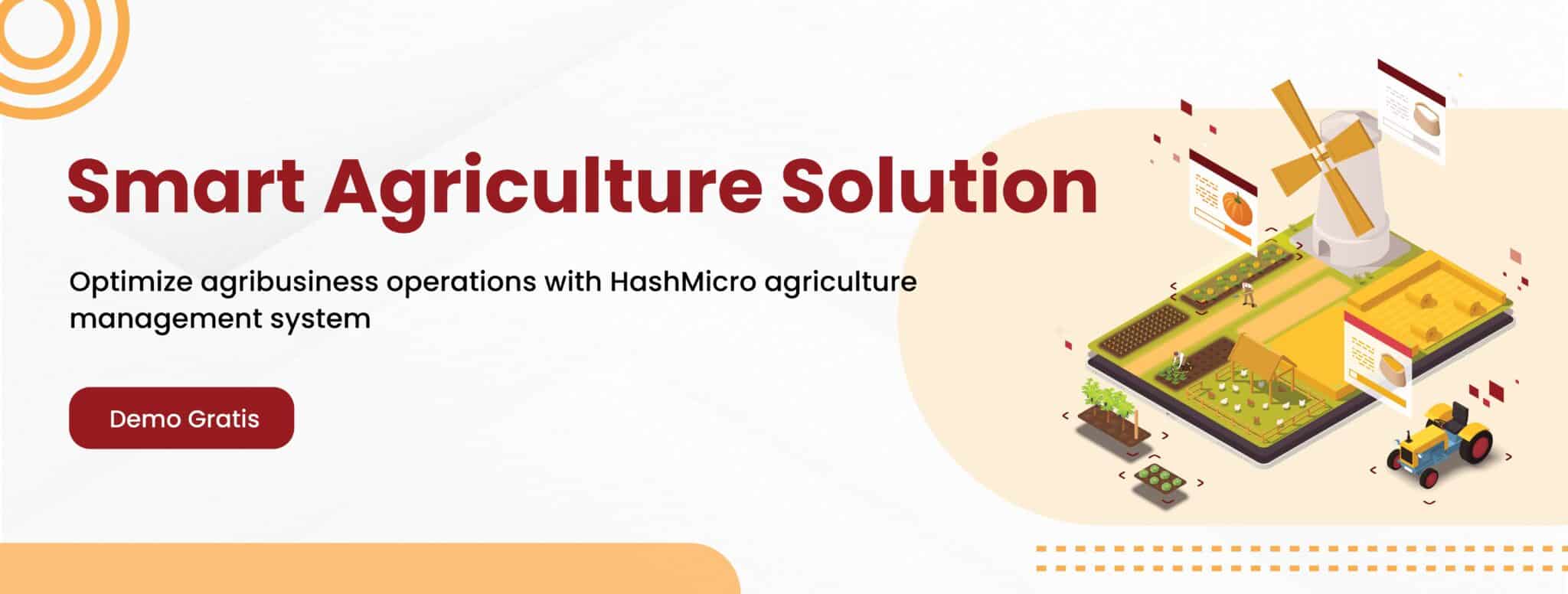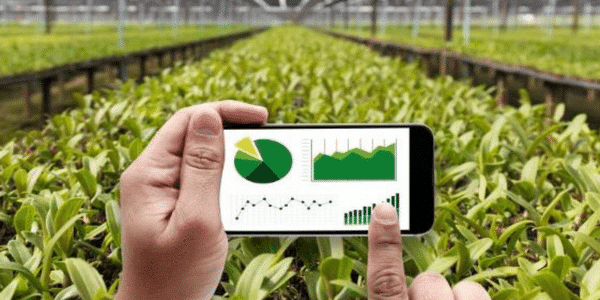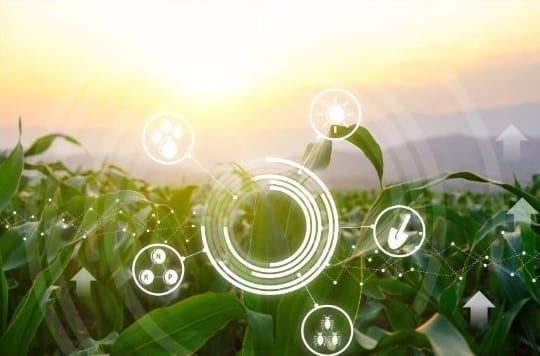The agricultural industry has a significant role in the economics of a country. Supplying food inventories, an essential resource, significantly helps economic development. A nation may become self-sufficient in food. To ensure high yields, high-quality products, and reduced operating costs, those in the business have always invested in and used cutting-edge technology if agriculture is practised.
Agricultural technology uses a range of instruments to boost output, efficiency, and standard safety requirements, including sensors, equipment, AI, and gadgets. Many agrarian enterprises have modernized their farms utilizing project management, which facilitates accountability and includes managing the business’s crop demonstration fields.

Also read: Smart Agriculture Farming Technology
Table of Contents
What is Agriculture, Tech, and Project Management?
Agriculture is the art and science of soil cultivation, crop production, and animal care. It comprises preparing plant and animal goods for human use and distributing them to marketplaces. Agriculture helps a country’s economy. It enables the economy by providing food, a critical resource. Proper agriculture may make a country’s food self-sufficient.
The sector has consistently implemented the newest technology and best practices to achieve strong yields, quality goods, and low operating costs. Unlike industrial production, agriculture is vulnerable to environmental influences, weather, plant diseases, and forest fires. Therefore, it is even more crucial to concentrate on internal processes subject to human activity. Consequently, agricultural technology may reduce outside forces that harm agricultural operations.
Agricultural technology improves productivity, efficiency, and profitability in agriculture, horticulture, and aquaculture. Agricultural technology helps the input/output processes via goods, services, or applications. Project management for this industry uses procedures, techniques, skills, knowledge, and experience to make the agricultural sector successful within specified boundaries.
History of Technology in the Agriculture Industry
More than two billion dollars was invested in various agricultural technology companies by venture capitalists in the years 2014 and 2015. This pattern is anticipated to continue in 2016 due to the significant demand for novel agricultural technology and the fact that modern farmers have demonstrated a readiness to accept new methods and ideas whenever the creators of such technologies demonstrate success.
Implementation Between Tech and Agriculture
One trend that has been gaining much traction is the implementation of ERP system in the agricultural industry. The performance that ERP enables the sector to function more smoothly and streamlines critical operations such as purchasing seeds, fertilizer, and equipment and producing and distributing agricultural products.
With the help of an efficient and scalable ERP such as Hash Agriculture, the sector can raise the agricultural industry’s operational efficiency, and the industry can improve its traceability. It can monitor practical accounting and financial monitoring and facilitate precise inventory management.
Agricultural Technology
Agricultural technology refers to the many implements and equipment used chiefly or exclusively to bolster agricultural endeavours. There are many kinds of tools equipped for assisting the agricultural industry activities, including:
Agricultural drone
An agricultural drone is an uncrewed aerial vehicle for agricultural operations, often for yield optimization and monitoring crop development and output. Drones used in agriculture may gather data on the phases of crop development, crop health and differences in soil.
Satellite photography and sensors
As distant 4 improves, real-time crop images are possible. These are pictures of 5-meter-pixel resolutions and above. Crop imaging enables a farmer to inspect crops as though standing there. A farm may save time and money by examining photographs regularly. This system can be combined with the crop, soil, and water sensors to alert farmers to reach the satellite photos when danger thresholds.
IoT-based sensor networks
A real-time picture of what is happening in the field is sourced from data from IoT sensors. As a result, farmers can determine when their crops are mature, how much water is used, if it requires an irrigation system, the soil condition, and whether additional fertilizer or other inputs are needed.
Phase tracking
The most important function of phase tracking is observation. Farmers who use the phase tracking method could be able to monitor how rapidly rural regions are expanding, which might encourage them to put in even more effort.
Weather forecasting
These days, it’s common for us to make weather predictions because we may utilize simple software to monitor the region and provide meteorological information to study future predictions. Farmer care for their crops is likewise improving as a consequence of this.
Automated irrigation
The computer program that handles automated irrigation keeps track of and responds to variations in water flow from one bay or group of bays to another that would occur naturally in the absence of irrigation. These changes can be quite significant.
Light and heat control
The computer program that manages automated irrigation keeps track of and reacts to changes in the water flow from one bay or group of bays to another that would occur in the absence of irrigation. One can learn how to control the light and temperature in the current world thanks to at least one robotics system, such as EC value, CO2 concentration, and PH control.
Also read: The Importance of Agriculture Supply Chains Management System
Agriculture Supporting Tech: ERP
ERP software assists the agriculture sector in doing business more structured way. It aids the sector in streamlining critical operations such as acquiring seeds, fertilizer, equipment, manufacturing, and distribution of agricultural products.
An ERP system preserves data integrity and avoids duplicate data by combining data from many sources. Companies may modify their demands while looking through a wide range of ERP software before selecting the best option for their organization.
Using a scalable and effective ERP, such as the Smart Agriculture Solution by HashMicro, may help a business increase operational efficiency, improve traceability, properly handle accounting and finances, and assist in accurate inventory management.
Conclusion
Agriculture affects a country’s economy. Cutting-edge technology has always provided high yields, excellent goods, and low operating costs. Modern farms have modernized using project management, simplifying accountability, and managing crop demonstration areas.

Agriculture technology includes drones, satellite imaging and sensors, IoT-based sensor networks, phase monitoring, weather forecasting, automated watering, and light and heat control. The Smart Agriculture Solution may supply all the necessary components to take your agricultural business to the next level. To experience this yourself, you can request a free demo here.




































